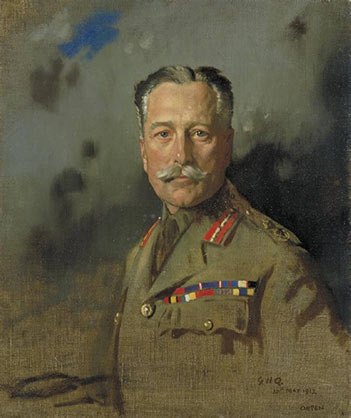|
||||
He regards it as a form of “altruistic suicide,” forming part of a much larger class of extreme behaviors that involve sacrificing oneself for the group, ranging from “non-homicidal forms of suicide (such as taking a bullet for a comrade or setting fire to oneself)”—through to so-called “suicide missions” in conventional armies. He notes that the distinction between “laying down one’s life” for a group and “risking one’s life” is not easy to draw. He notes that it has been calculated that “the chances of surviving an act for which a Victoria Cross medal his historically been awarded in the British and Common wealth forces is just one in ten.” One of the greatest examples of extreme self-sacrifice was the behavior of soldiers in the First World War, who “attacked” opposing armies by getting out of trenches and rushing forward to the opposing trench—to be cut down by machine-gun fire and artillery shells. I won’t burden the reader with examples or an analysis of the military tactics that characterized armies of the First World War. I’ve written about this endlessly in papers such as “Suicide Warriors,” “Suicide Warriors of the Western World,” and in my book Nations Have the Right to Kill. And I won’t belabor you with statistics, beyond noting that it is estimated 8.5 million died during the First World War (July 28, 1914-November 11, 1918), an average of 6,000 deaths per day. Douglas Haig was the British General who planned and executed the Battle of the Somme, July 1, 1916. British troops rushed forward—to be slaughtered in massive numbers. The first day resulted in 57,000 casualties (many in the first hour), the most disastrous battle in British history. Visiting the battlefield on March 31, 1917 (De Groot, 1988), Haig reflected upon the hundreds of thousands of British casualties:
To many it meant certain death. In his report of August 22, 1919—Features of the War—Haig summarized British casualties, stating that they were “no larger than to be expected.” The total British casualties in all theaters of war, killed, wounded, missing and prisoners—including native troops—were approximately three million (3,076,388). Over three-million casualties, according to Haig, were no larger than to be expected. The main difference between Islamic suicide bombers and the soldiers of the First World War—is the number of fatalities. Is there a deeper similarity—a resemblance—between what occurred over one-hundred years ago—and what is occurring today? In a note discovered in his papers, Haig reflected on the meaning of the “heroic deaths” of British soldiers by citing a speech made by the Moslem Emperor Baber before sending his troops into battle in 1527:
Haig claimed that this statement made by a Moslem warrior conveyed “the root matter of the present war.” Falling in the field and dying the death of a martyr; avenging the cause of God. It is not simply that Haig’s thinking is analogous to that of an Islamic leader planning a suicide attack. His thinking is identical. |
